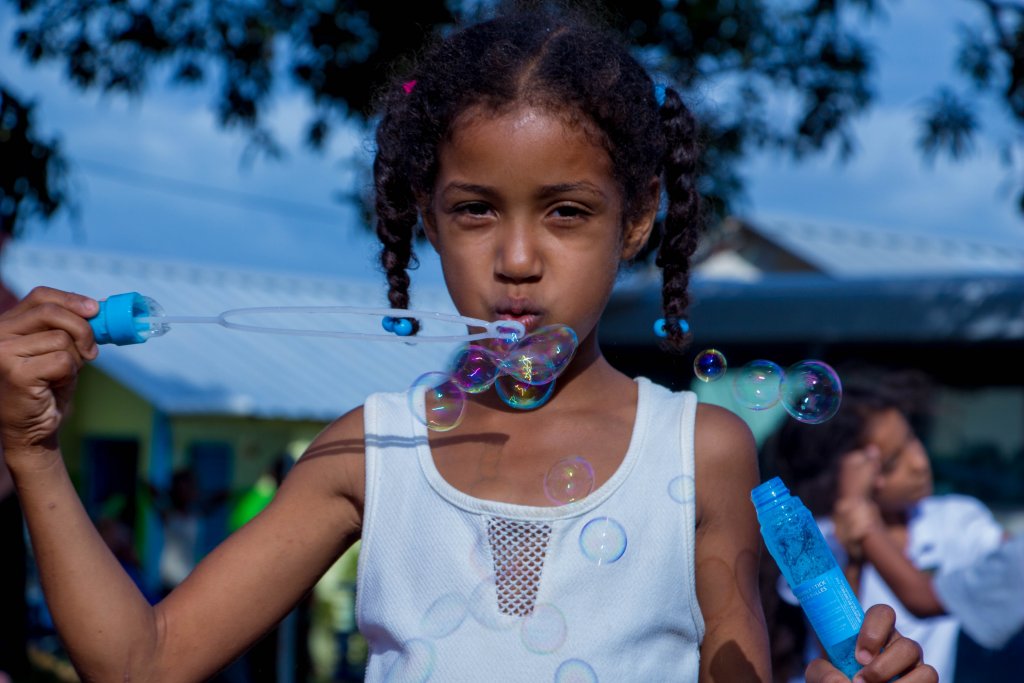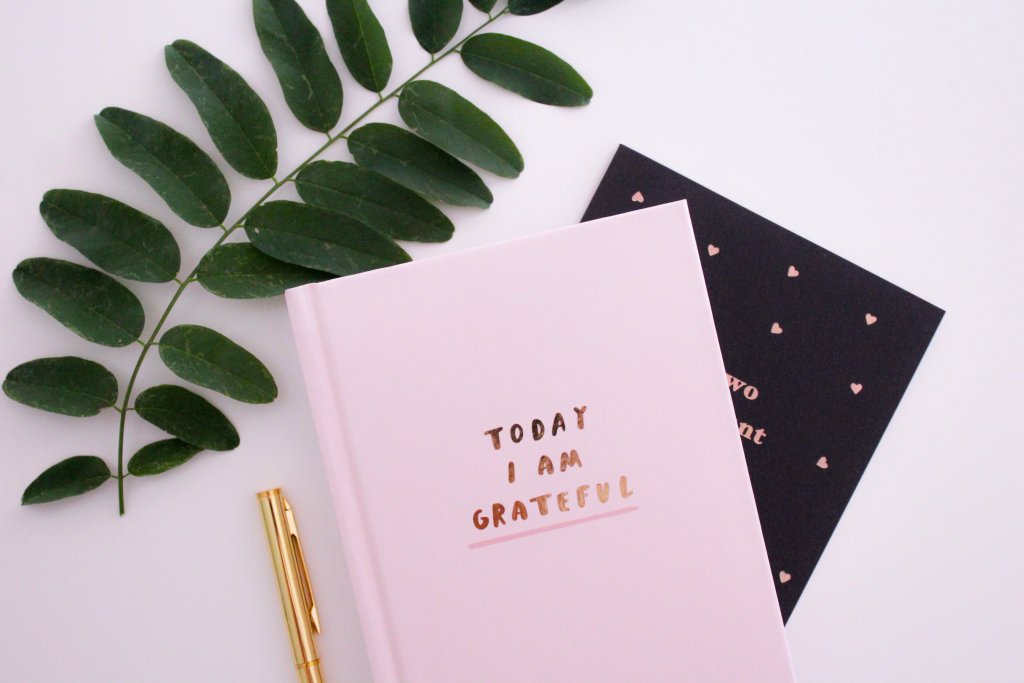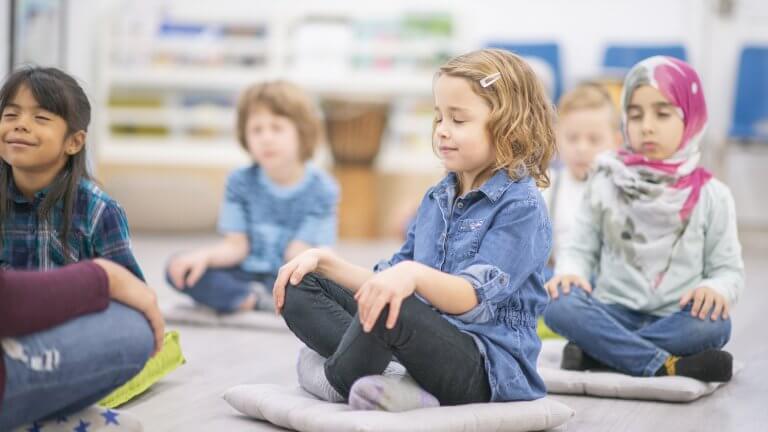Often times our schools don’t have mindfulness activities for kids in mind when they’re creating their curriculum. However academic achievement and social emotional learning go hand-in-hand. Both are critical functions of the healthy development of our kids and students, and rely on deliberate practice. Without intentional mindfulness activities for kids and students, they don’t learn the helpful benefits of mindfulness.
Most people have heard of mindfulness already, but if you haven’t, here’s a refresher. Mindfulness is about being aware and accepting of our internal feelings and emotions, and the world around us. Mindfulness is about focusing on the present experiences and not getting too caught up in the past or future.
Previously we’ve broken down mindfulness and calming apps students can use. In this article we’re breaking down 10 of the best mindfulness activities for kids and students according to our counseling and mental health specialists.
Glitter Jars

A glitter jar is an example of physical mindfulness activities for kids. They’re easy to make and can help focus on the stress and anxiety, along with the negative thoughts we have when we’re upset.
To make your own glitter jar:
- Take a 10-12 ounce jar or bottle.
- Add glitter of your choice.
- Add 1 – 3 tablespoons of kids’ glue and warm water to help the glue dissolve
Let kids be a part of the creation of the jar and talk about how we can use this to help us “settle our glitter” or our thoughts when we are upset. Glue the lid onto the container and shake, shake, shake! While the glitter is floating to the bottom, kids focus on their breath. The more glue you add, the longer it will take for the glitter to get to the bottom.
2. Be a Detective
This is a great way to get kids outside and moving! Take a walk outside and instruct kids to be a detective and notice as many different things as they can. What kinds of bugs are they noticing? What shape are the clouds? How does the wind feel on their faces?
Use this mindful activity for kids to teach them that that being mindful means noticing all the little (and big) things in our world and how our bodies and minds respond.
3. Bubble Blowing

Using a container of bubbles, help children learn to regulate their breathing by making big bubbles with big, deep breaths. Help them recognize how their bodies feel after taking several big breaths, compared to how they feel after making smaller bubbles with shorter, shallower breaths.
4. Belly Breaths
Another breathing based mindfulness activity for kids, start either lying down or sitting comfortably in a chair. Have kids place a hand on their belly. Instruct them to keep breathing normally to help them begin to feel their breath as they inhale/exhale. They should begin to feel their hands moving up and down as their belly moves up and down. As they feel comfortable, have them take deeper, slower breaths.
5. Pinwheel Breathing
Using a pinwheel, have kids take a deep breath to make the pinwheel spin. Use this to teach deep breathing.
6. Muscle Scrunch Up
Starting at your toes, lead kids through scrunching up (tightening) their toes for 3 seconds and then releasing them, going progressively through the body ending with the muscles in the face. This helps them learn to recognize when their bodies are tensing up due to stress/anxiety and also a way to relieve the stress/anxiety that we all hold in our bodies.
7. Name that Feeling
Part of mindfulness is helping kids recognize the various feelings and emotions we all have. Go through a list of feelings/emotions and practice making the faces associated with that emotion. Have students call out when they know which feeling you’re imitating.
You can pair this with the emotionary app we’ve written about previously, to help your students understand and explain their emotions better.
8. Five Senses
Using our 5 senses is one of the best ways to learn mindfulness! Lead kids through an exercise where you identify one thing they recognize for each of their 5 senses.
9. Gratitude Journal

Gratitude or the practice of being grateful is a powerful tool when it comes to offsetting anxiety, stress, and depression. Let kids create and decorate a plain notebook to keep as their gratitude journal. Set aside time each day or several times a week for kids to write down 3-5 (or more!) things they are grateful for in their life.
Connect this practice to noticing big AND small things in their world to build mindfulness!
10. Mindful Eating
Choose a healthy snack, like an easy to peel orange. Lead kids through slowly peeling the orange, smelling the scent it releases as you do so, tasting the juicy orange piece as you eat it. How can they use their 5 senses to notice 1 thing for each sense? (This can also be done with Smarties-type candy)
What mindfulness activities for kids do you use on your campus? We’d love to hear from you on which activities your students enjoy doing the most. Leave us a comment below with links to or descriptions of your favorite mindfulness activities.
Learn more mindfulness strategies and resources at our Mental Health Conference
Happening March 3rd, online, we’ll spend the whole day talking about the best practices for mental health education.
Tisha Kolek is the coordinator for Guidance Services here at the Education Service Center Region 13.






Add comment